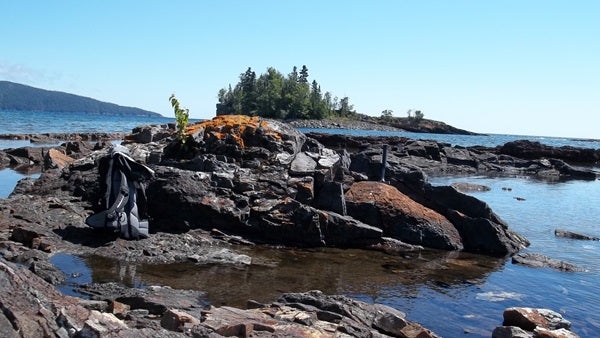Everyone is still looking for evidence of life on another planet, and there’s no better way to start a search than to look at what’s already been successful and why.
That’s why a team at the University of Washington did a study of Earth’s oceans and ended up finding that they held suitable conditions for life at one point in time. This point occurred more than a billion years before the first fossils appeared.
Michael Kipp, a UW doctoral student in Earth and Space Sciences and lead author of the paper, studied sedimentary rocks to derive the amount of oxygen in Earth’s atmosphere between 2 and 2.4 billion years ago. During this study, he analyzed isotopic ratios of selenium in the sedimentary rocks to measure the oxygen amounts.
Professor Roger Buick, coauthor of the study and faculty member of the UW Astrobiology Program, said in a press release that the evidence they found dates very far back.
“There is fossil evidence of complex cells that go back maybe 1.75 billion years,” Buick said. “But the oldest fossil is not necessarily the oldest one that ever lived because the chances of getting preserved as a fossil are pretty low.”
He added that though this fossil was evidence of enough oxygen to allow complex cells to evolve and “become ecologically important,” that doesn’t necessarily mean that they did.
The team analyzed selenium in sedimentary shale to see if the element had been affected by oxygen, or oxidized. If selenium was oxidized, it could cause a shift in the rocks’ isotopic ratios. The presence of oxygen should also increase the amount of selenium in the rocks.
It has always been assumed that the oxygen levels on Earth steadily increased from a little to the amount we have now, but Buick said this research may prove otherwise.
“What it looks like now is, there was a period of a quarter of a billion years or so where oxygen came quite high, and then sunk back down again,” Buick said.
It’s still unknown why the oxygen levels rose and fell, but using selenium to look for oxygen could be a helpful tool in the search for life beyond Earth.
“This is a new way of measuring oxygen in a planet’s historical past, to see whether complex life could have evolved there and persisted long enough to evolve into intelligent beings,” Buick said.










